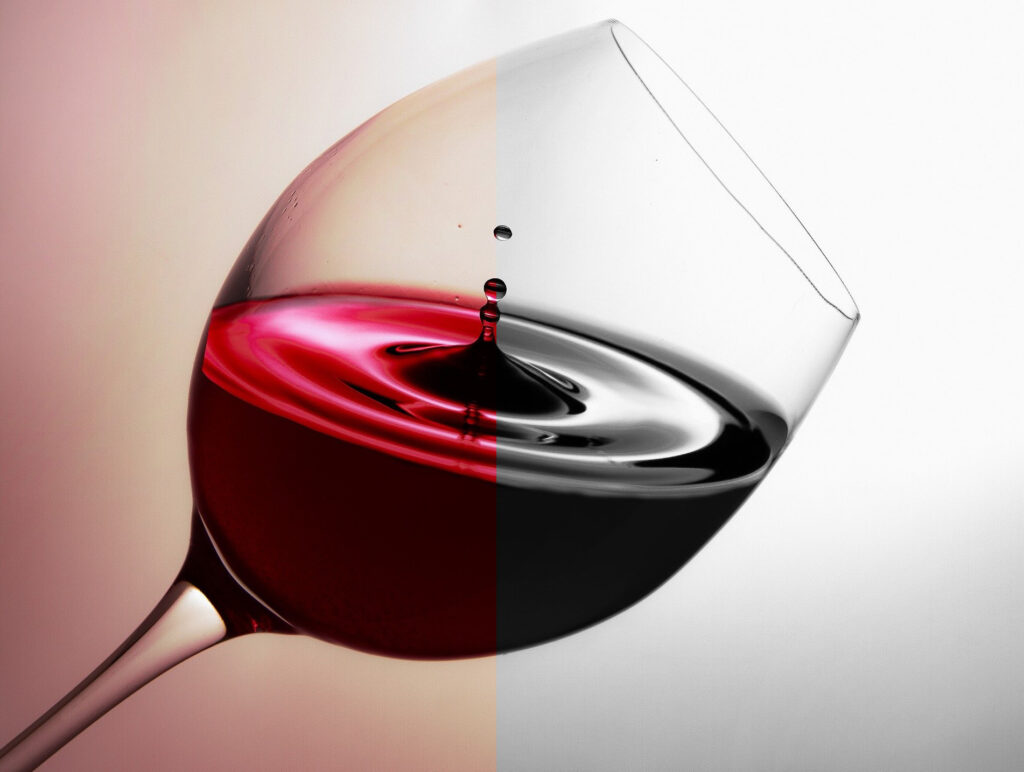
Dealcoholization is a process through which alcohol can be extracted from alcoholic beverages, including wine. It can be practiced by partial evaporation, distillation or osmosis, under very delicate pressure and temperature conditions. The greatest risk is to make the wine lose its natural organoleptic properties. There are various dealcoholization techniques with the use of membranes, such as:
• Reverse osmosis, which consists in passing the wine through a semi-permeable membrane that retains the alcohol and other substances, letting only water through. The concentrate obtained is then diluted with water and added with flavorings
• Nanofiltration, which works in a similar way to reverse osmosis, but with a more selective membrane that also retains some aromatic and coloring compounds
• Dialysis, which exploits the difference in concentration between wine and an aqueous solution to make the alcohol pass through a porous membrane
• Pervaporation, which consists in making the alcohol evaporate from the wine through a hydrophobic membrane, subjected to vacuum and heating
• Membrane contactor technique, which involves contact between the wine and an inert gas (such as nitrogen) through a microporous membrane, which favors the transfer of alcohol from the liquid to the gas There are also dealcoholisation techniques by distillation, such as:
• Spinning cone column, which consists in making the wine flow along a rotating column with internal cones, under vacuum and at low temperature. The alcohol evaporates and is collected in a separate phase
• Vacuum distillation, which consists in evaporating the alcohol from the wine in a vacuum chamber at a low temperature, and then condensing it in a refrigerated condenser
